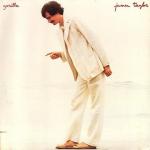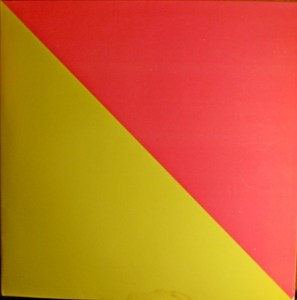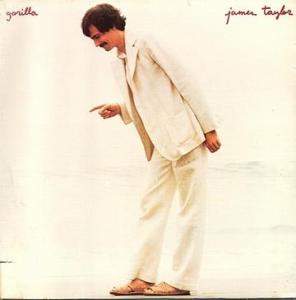
More of the Music of Led Zeppelin
One of our good customers had this to say about some Hot Stampers he purchased recently:
Hey Tom,

As a newcomer to your business, and to the entire concept of “Hot Stamper” records, I was naturally skeptical. Many of us have invested in a wide variety of vinyl that simple failed to live up to expectations. Initially I was going to order one and only one record from you, and test your bold promises. Instead, I ended up ordering a nice variety to truly put it to the test… investing a couple thousand dollars on faith. In short, I am now your customer for life.
As a point of reference, my system includes a pair of Wilson Audio Alexia powered by 2 monoblock McIntosh tube Amps and a Mc-tube preamp. Most importantly, a Brinkmann mag drive turntable with a Sumiko low output moving coil cartridge. So, not the world’s best system, but enough to discern what is to follow.

I ordered the following:
* Carole King Tapestry, ((White Hot Pressing)
* The Doobie Brothers, What Were Once Vices (White Hot Pressing)
* James Taylor, Sweet Baby James (White Hot Pressing)
* Paul McCartney, McCartney (Super Hot Pressing)
* Led Zeppelin, Houses of the Holy (Super Hot Pressing)
* Steely Dan, Countdown to Ecstasy (Super Hot Pressing)
* Donald Fagen, The Nightfly (White Hot Pressing)

I warmed up my amps with the tuner for an hour or so and then sat and listened to some of my other records and reacquainted myself with the music from my system. First up was “What Were Once Vices…”. It was immediately apparent that I was getting a range as wide, if not wider than anything I had ever heard from my stereo. Then when I got to the last song on side one, “Road Angel” the guitar and drum interplay in the instrumental jam completely blew me away. Midway through I took the volume from loud to louder, and it exposed nothing but pure, sweet rock and roll. Literally gave me goose bumps.

I then listened to “Countdown to Ecstasy” and in this instance I owe a clean original copy, so I put it to the test. Back to back. I did not have to go past “Bodhisattva” to know it was no-contest. If I had to apply a percentage, something like 20% more music comes from the Hot Stamper, and this (like all of my orders) is one of my all time favorite albums.
I won’t go on and on, suffice to say that the experience repeated itself on all of the above.
Even the Fagen copy was WAY better than the 1982 MoFi copy I paid an arm and a leg for. I have always thought that record had a true analog quality, was surprised the first time I learned it was laid down on a digital track. The Hot Stamper even adds to this great sounding record.

Oh and one last… JT’s voice is so unbelievably warm matched perfectly with the clear reverberating guitar, followed by lingering cymbal crashes. For me it is like the difference between 2-D and 3-D. Depth.
Before I go, where I am as a customer going forward. I will always be a visitor to the web site. Obviously, I cannot replace my record collection, but I can supplement it with the occasional gem of a record.
In closing, Thank you to you and your crew. You are doing God’s work! 🙂 Seriously, nothing pleases me more than to relax and listen to my music the way it was meant to be heard.

Best wishes,
Rick
Rick,
Thanks for your letter. We love to hear from our happy customers. We’ve spent a lifetime getting to the place where our favorite music sounds the way it should, so we know exactly how you feel when you say “nothing pleases you more than to relax and listen to my music the way it was meant to be heard.”
(more…)
 More of the Music of James Taylor
More of the Music of James Taylor













